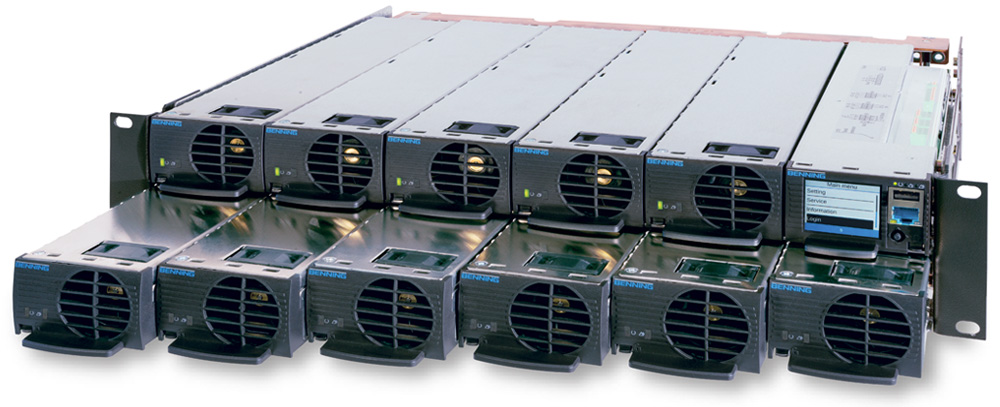Key Features and Roles of a Charging Station Module in Modern Infrastructure
As electric vehicles (EVs) continue to gain momentum worldwide, the demand for efficient and reliable charging solutions has become increasingly significant. One of the most vital components powering this transition is the Charging Station Module, which serves as the backbone of EV charging systems. By enabling seamless energy conversion and intelligent management, these modules ensure that EVs are powered quickly, safely, and sustainably.
In today’s rapidly evolving energy landscape, charging infrastructure is not just about providing power—it’s about integrating advanced technology to support smarter, greener mobility.
What is a Charging Station Module?
A charging station module is an advanced electronic unit within an EV charging system that converts and regulates electrical energy for vehicle batteries. It typically includes rectifiers, power conversion circuits, and smart control features that work together to deliver consistent performance.
These modules are designed to adapt to different power inputs and charging requirements, making them a versatile solution for both residential and commercial charging networks. With the rise in EV adoption, the importance of having a dependable Charging Station Module has never been greater, as it ensures optimized performance and scalability in diverse infrastructure settings.
Key Features of Charging Station Modules
Modern charging station modules are engineered to meet the growing demands of electric mobility. Their key features include:
1. High Efficiency
Energy efficiency is critical in large-scale EV charging networks. A well-designed module minimizes energy loss during conversion, ensuring maximum power reaches the vehicle battery.
2. Wide Input Voltage Range
Charging modules are equipped to handle varying input voltages, making them suitable for global deployment across different power grids and standards.
3. Intelligent Control and Monitoring
Smart modules include advanced monitoring systems that provide real-time data on voltage, current, and temperature. This ensures reliability and allows predictive maintenance.
4. Modular Scalability
Most charging station modules are built with a modular design. This means operators can easily scale infrastructure by adding or replacing modules without extensive system overhauls.
5. Safety Features
Safety mechanisms such as over-voltage protection, short-circuit prevention, and thermal management ensure safe charging under all conditions.
Roles of Charging Station Modules in Modern Infrastructure
Charging station modules are not just about transferring power; they play a pivotal role in shaping sustainable urban infrastructure. Their roles can be categorized into several areas:
1. Supporting EV Growth
As more individuals and businesses adopt EVs, charging station modules provide the technical foundation for large-scale charging operations. Their ability to manage power effectively ensures consistent service availability.
2. Enhancing Grid Stability
With integrated smart controls, these modules can interact with energy grids to balance demand and supply. This helps prevent overloading during peak charging times and supports renewable energy integration.
3. Enabling Fast Charging
High-performance modules allow fast-charging capabilities, significantly reducing charging times. This convenience is crucial for busy urban areas and long-distance travel corridors.
4. Cost-Effective Infrastructure Expansion
By adopting modular designs, operators can expand charging networks incrementally, aligning investment with EV adoption rates. This flexibility reduces upfront costs while ensuring scalability.
5. Driving Sustainable Energy Use
Charging station modules are designed to work with renewable energy sources such as solar and wind. By supporting clean energy integration, they contribute to reducing carbon emissions and promoting environmental sustainability.
The Future of Charging Station Modules
As technology advances, charging station modules are expected to become even more efficient, compact, and intelligent. Integration with artificial intelligence, Internet of Things (IoT), and vehicle-to-grid (V2G) systems will allow real-time communication between EVs, charging stations, and power grids.
Future-ready modules will also prioritize sustainability by supporting higher levels of renewable energy usage and reducing reliance on traditional fossil fuel-based power sources.
Conclusion
The Charging Station Module is a cornerstone of modern EV infrastructure, enabling efficient, safe, and scalable charging networks. Its ability to combine advanced energy management with flexibility makes it indispensable in supporting the growing global shift toward electric mobility. As cities and countries continue investing in EV adoption, charging modules will remain central to creating smarter, greener, and more connected infrastructure systems.






